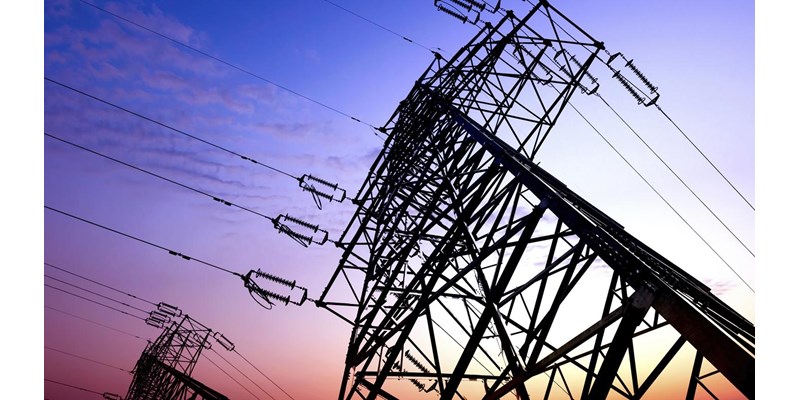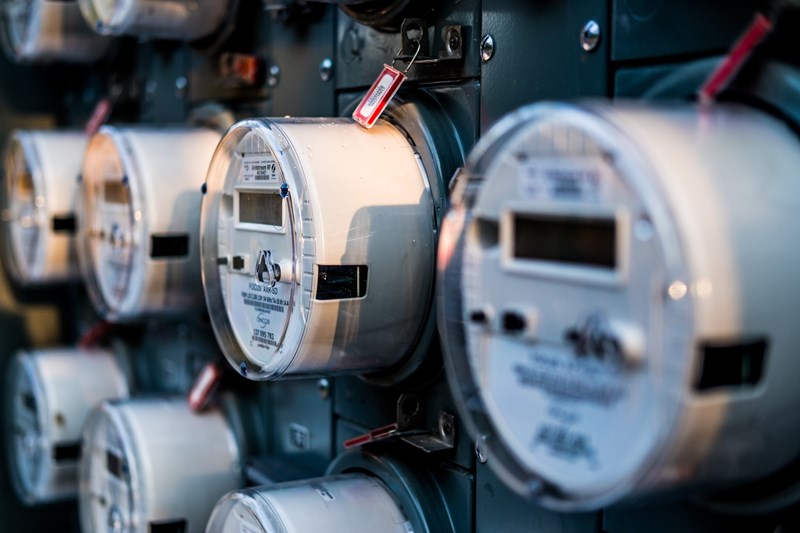
The grid edge: what you need to know
The range of distributed technologies and innovations known as the grid edge will be vital to ensuring that enough electricity is available as and when required in a more fully electrified world. Don’t be fooled by the name; the grid edge will be at the centre of the energy transition.
Discuss your challenges with our solutions experts
What exactly is the grid edge?
‘Grid edge’ was coined as an umbrella term to cover all the distributed hardware, software and business innovations that exist in proximity to the end user, rather than at the centre of a traditional generation network.
The grid edge can be leveraged by both customers and utilities to help decarbonise the grid and unlock new value streams while maintaining and enhancing reliability. The name comes from the proximity of these elements to end users and away from centralised generation. Key examples include EV charging infrastructure, behind-the-meter (BTM) resources, heat pumps and grid modernisation.

Why is it important?
The energy transition will put huge pressure on the grid. Demand is set to soar due to the electrification of transport and heating, while factors including the increased use of alternative energy sources are likely to affect security of supply. Transmission constraints on central generation mean answers need to be found elsewhere.
Regulatory reforms are therefore being put in place that will allow distributed energy resources (DERs) to play a more active role in markets. That will help drive 175 GW of distributed energy and flexible demand potential over the next five years, with distributed resources playing a key role in grid balancing.

How will behind-the-meter resources be used?
The phrase ‘behind-the-meter’ (BTM) is used to describe electricity generation, transmission or storage resources located on-site at residential or commercial premises. Examples include home solar panels, small wind turbines, and even microgrids. Currently, BTM resources are monetised almost exclusively as emergency capacity. But to meet massively increased loads, customer DERs will need to be responsive to price signals on a regular basis.
Power market reforms such as FERC Order 2222 in the US and the Electricity Market Design in Europe are laying the groundwork, breaking down barriers to entry for BTM resources and aggregators and better compensating them for their technical capabilities.

The grid edge in numbers
2x
Increase in European electricity demand due to electrification
175 GW
Distributed energy and flexible demand potential over the next five years
1,770 TWh
Additional demand from electrification in North America by 2050
90%
of global EV chargers are in Europe, China and North America
Further considerations
What are the implications for grid modernisation?
What are the implications for grid modernisation?
By 2050, electrification in North America will add 1,770 TWh to annual demand, a 66% increase from 2022 business as usual. At the same time, the increasing quantity of DERs will expose the grid to bidirectional power flow, something it was never designed for.
Add to this the fact that 60% of transmission lines have surpassed their 50-year life expectancy and it becomes clear the grid will need major upgrades to ensure it remains fit for purpose. There is no one-size-fits-all solution, but options include adding infrastructure, replacing old with new, and retrofitting ‘smart’ technologies to optimise utilisation, and increase capacity and resilience.
How could residential and commercial heating evolve?
How could residential and commercial heating evolve?
Residential and commercial space and water heating accounted for nearly 12% of US carbon emissions in 2021. Currently, nearly half (47%) of US homes produce their hot water with electricity, but only 33% use electricity for space heating. Our projections forecast that rising to 46% of all residences by 2030, with 70% of homes in the south electrified.
Heat pumps are currently only used for 14% of US homes, but they are the dominant form of space heating in Alabama and South Carolina, with 42% and 46% penetration respectively. A total of 3,916,766 heat pumps were shipped in the US in 2021.
What about EV charging infrastructure?
What about EV charging infrastructure?
Rapid expansion of the EV charging network will be crucial to ensuring electrification of transportation proceeds at pace. The market is responding, with an estimated $5 billion in investment, debt financing, acquisitions and rollouts announced in the first half of 2022.
In terms of the shape of the market, for cars, residential charging is expected to remain the largest segment through to 2035. Meanwhile, the light commercial segment will become the largest commercial EV charging market by 2050, with Europe and China dominating deployments. China has made an early commitment to electrification; for example, it has the largest number of electric bus chargers installed in the world.
Explore our latest grid edge insights
Loading...